The Athens Factory produced Yarns, Linseys, Checks
—also clothing for enslaved people and Confederate Uniforms
The cotton factory on Williams Street opened for business in 1833 to mill local cotton, to deploy enslaved labor, and to provide, according to The Athenian, “the best materials…at lower rates than can now be obtained at the north.” Established as the Athens Cotton and Wool Mill, it was reorganized as the Athens Manufacturing Company in 1835, and was always known locally as the Athens Factory. Over time, it produced yarns, linseys, checks, Confederate uniforms, and a variety of fabrics marketed to enslavers for use in clothing their human property.

George Cooke’s View of Athens from Carr’s Hill (1845) captures the look of the Athens Factory in its early years. The factory’s dam and millworker housing are clearly visible, as are UGA’s Old College and Chapel building.

Advertisement, The Southern Banner, October 23, 1840, Georgia Historic Newspapers, Digital Library of Georgia
Buckingham described the Athens Factory fabric as a “cloth of coarse qualities for local consumption” (p. 112). Among other applications, factory cloth was intended for used by local enslavers to clothe their human property. In this 1840 “Negro clothing” advertisement, the factory markets cotton osnaburgs and linseys for winter.
For the Confederate Army, the factory wove flannel for soldiers’ underwear, wool jeans for their uniforms, cotton duck for tenting, and more. The Athens Factory made huge profits off of their war efforts, and they were able to issue sizable dividends to their investors of at least 25% every 6 months during the war. Finally, in February 1865 they paid a dividend of an astonishing 250 percent. (For more on this see Michael Gagnon’s (2012) Transition to an Industrial South.) In this 1863 notice, the factory announced that it was so overwhelmed by the volume of dyeing work for the [Confederate] government, that all other work had to be suspended.

Notice, The Southern Watchman, December 9, 1863, Georgia Historic Newspapers, Digital Library of Georgia
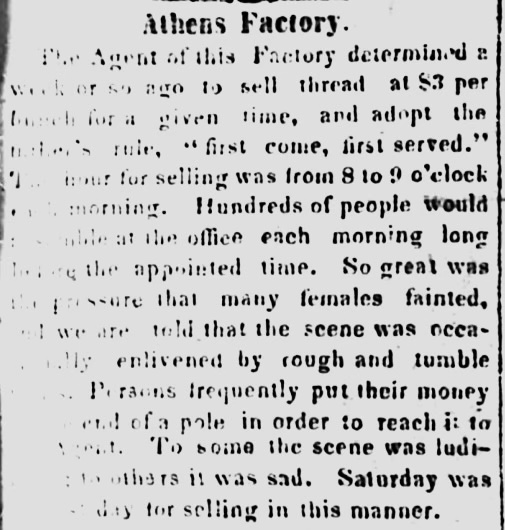
Editorial, The Southern Banner, October 22, 1862, Georgia Historic Newspapers, Digital Library of Georgia
Beyond fabric, the Athens Factory produced thread, and during the Civil War, the thread became a form of currency. Michael Gagnon reports on the “feminine riot” that occurred when the factory put thread up for sale ($3 per bunch) and adopted a “first come, first served” policy.
Because of the instability of Confederate currency, factory thread became a medium of exchange. Once, shortly after it was first put on public sale at the Athens Factory, ‘a feminine riot’ occurred. Hundreds of women had assembled…’So great was that pressure…that many females fainted, and…the scene was occasionally enlivened by rough and tumble fights.’” (Gagnon, 2012, p. 79)
The company also harnessed the North Oconee’s power to produce flour for Athens’ citizens and meal for their livestock. At the end of the Civil War, Bloomfield offered the use of the Athens Manufacturing Company’s corn and flour mill to the community: “flour and meal will be returned free of charge” (The Southern Banner, 1865).

Editorial, The Southern Banner, December 13, 1865, Georgia Historic Newspapers, Digital Library of Georgia

David Lewis Earnest Photograph Collection, c. 1900, Hargrett Library, UGA
The Athens Manufacturing Company’s flour mill sat right across the North Oconee and below the dam from the Athens Factory on Daniel Easley’s former site. This photo by David Earnest shows the mill after it was abandoned in the early 1900s.
After the Athens Manufacturing Company acquired the Cook and Brother Armory in 1870, it moved its weaving production up the river to the new facility and began producing finer weaves. The company became well known for its “heavy Georgia checks.” The Athens Factory (now also called “the Lower Factory”) shifted its focus to spinning thread.
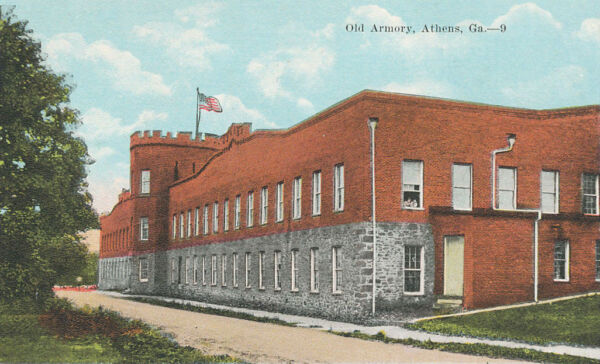
Image courtesy of Gary Doster

The Check Factory experienced quick success, and they won “Best Ginghams” at the 1876 Southern States Agricultural and Industrial Exhibition in New Orleans. In December 24, 1889, it was front-page news in the Weekly Banner that the factory’s “checks, cottonades, and plaids” were being shipped to Detroit, Chicago, and Nashville and that “the largest firms in the country bought their goods” (The Athens Weekly Banner, 1889).
Images from Chicopee Manufacturing Company records, Hargrett Library, UGA
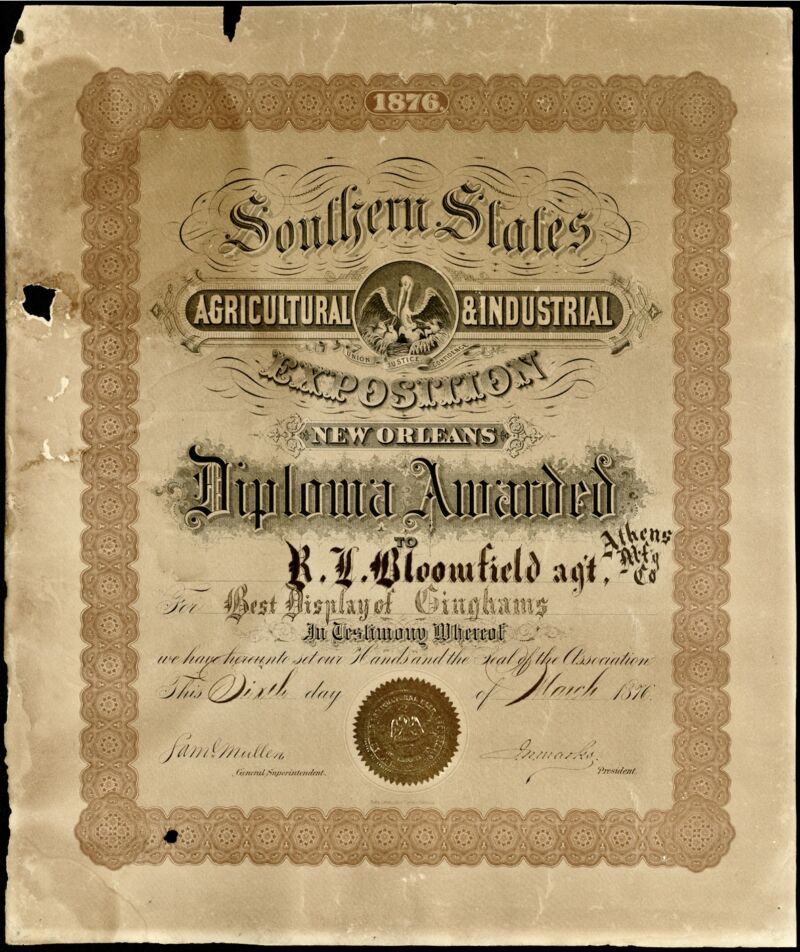

In 1883, Reaves and Nicholson advertised themselves as Agents for Athens Manufacturing Company products, including “checks, yarns, cottonades & jeans.”
James Reap collection, Hargrett Library, UGA
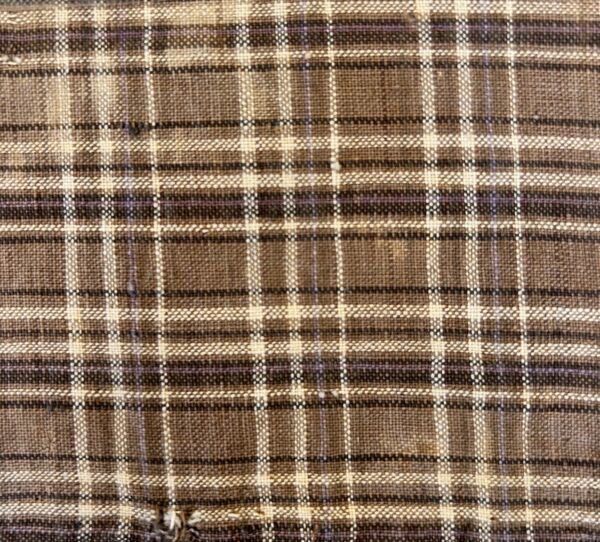
A sample of Athens Check is archived at UGA’s Hargrett Library.
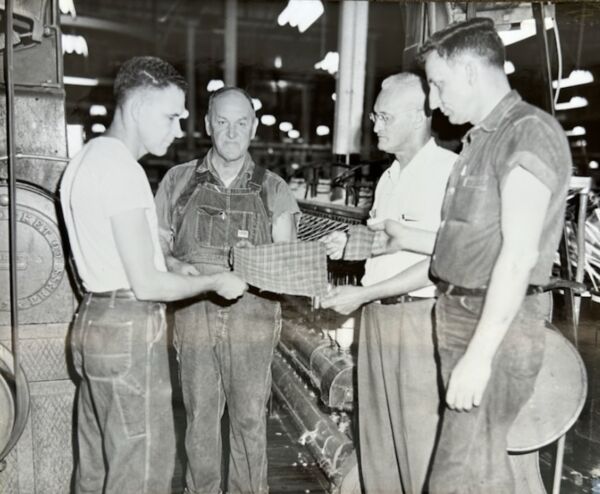
Chicopee Manufacturing purchased the Check Factory in 1958, and the Check Mill became Chicopee. Here, Chicopee workers examine a piece of Athens Check that had been made in their factory nearly a century before.
Chicopee Manufacturing Company records, Box 10, Folder 9, Hargrett Library, UGA
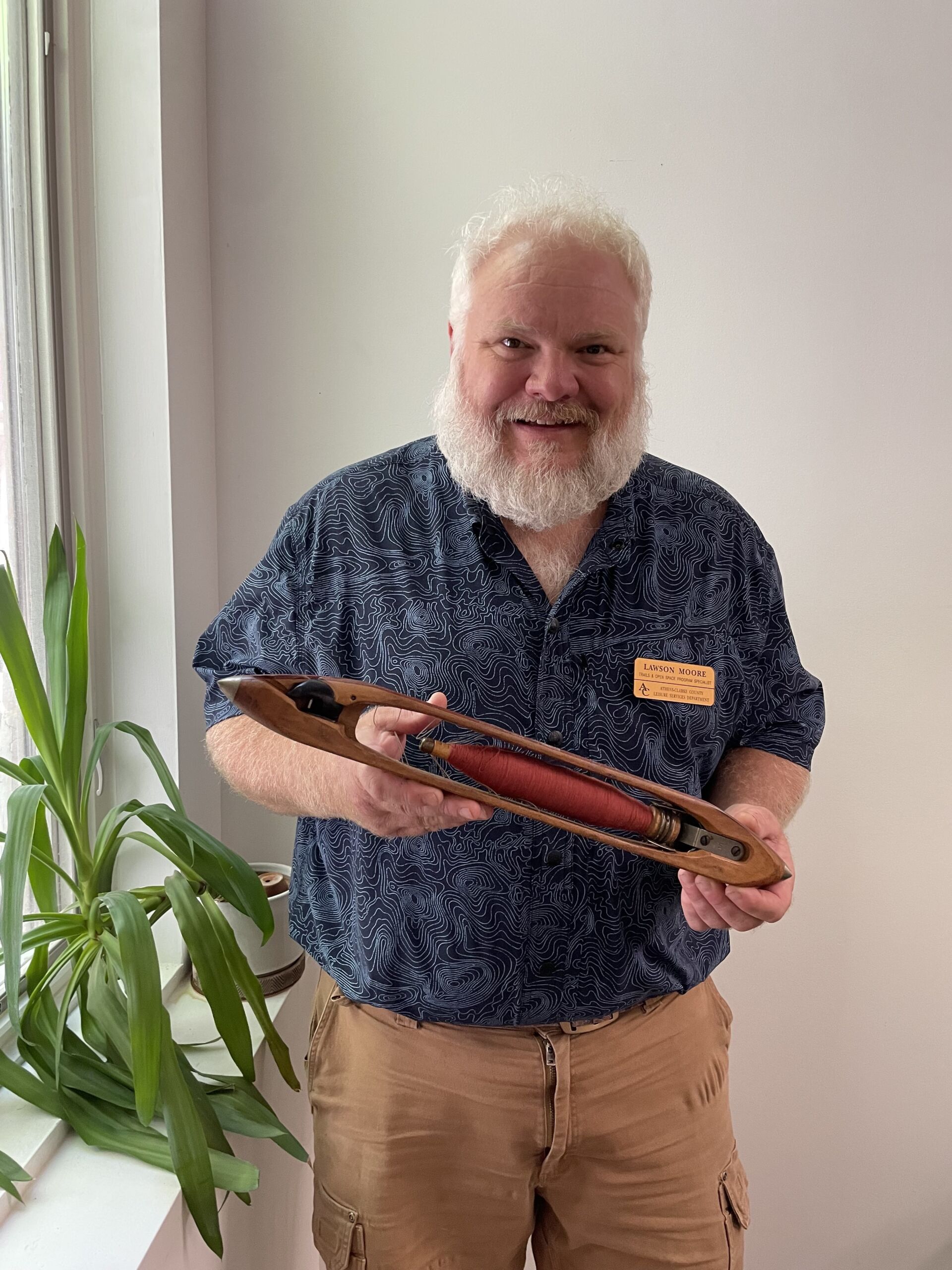
Lawson Moore of Athens-Clarke County Trails and Open Space donated this loom shuttle (complete with threaded bobbin) to the Complex Cloth project. The shuttle, from the old Chicopee Manufacturing Company, was given to Lawson in 2023 by a man who worked on UGA’s Chicopee remodel (likely in the late 1970s). The man told Lawson that he pulled the shuttle out of the construction dumpster as they were tearing up the flooring.
Photograph courtesy of Jane McPherson
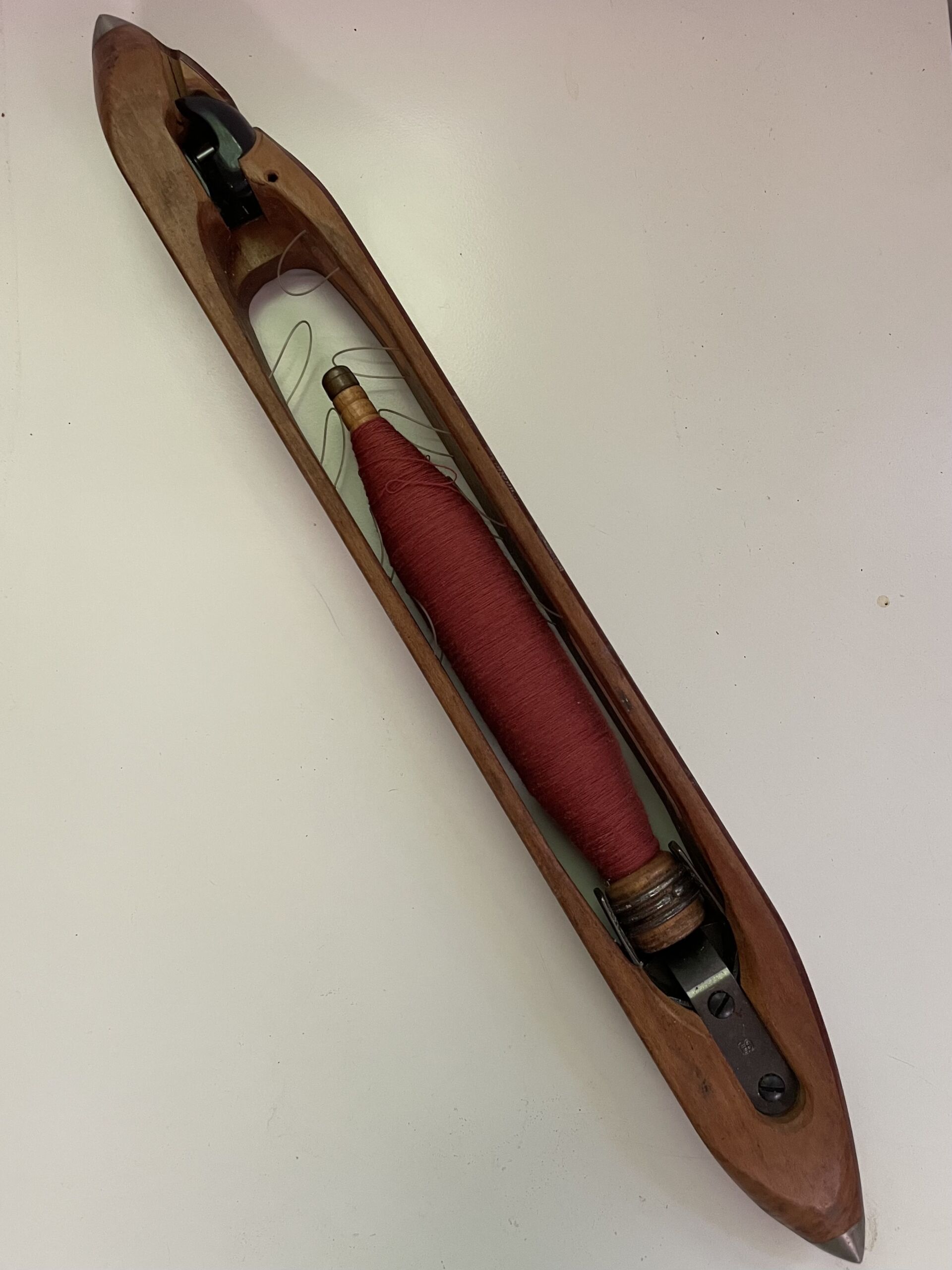
Do you know anything about this shuttle? Or do you have tales or memorabilia from the Athens Factory, the Athens Manufacturing Company, the Check Factory, Chicopee, etc. If so, please contact Jane McPherson at jmcpherson@uga.edu
Cite this Article
Sources
Buckingham, J. S. (1842). The slave states of America. Fisher, Son.
Gagnon, M. J. (2012). Transition to an industrial South: Athens, Georgia, 1830–1870. LSU Press.
The Athens Weekly Banner. (1889). The check factory, 24 December. https://gahistoricnewspapers.galileo.usg.edu/lccn/sn88054117/1889-12-24/ed-1/seq-1/print/image_555x817_from_1617,2976_to_4494,7208/
The Southern Banner. (1865). Fine flour, 13 December. https://localhost:8000/lccn/sn82014069/1865-12-13/ed-1/seq-4/print/image_521x817_from_0,0_to_5233,8194/
